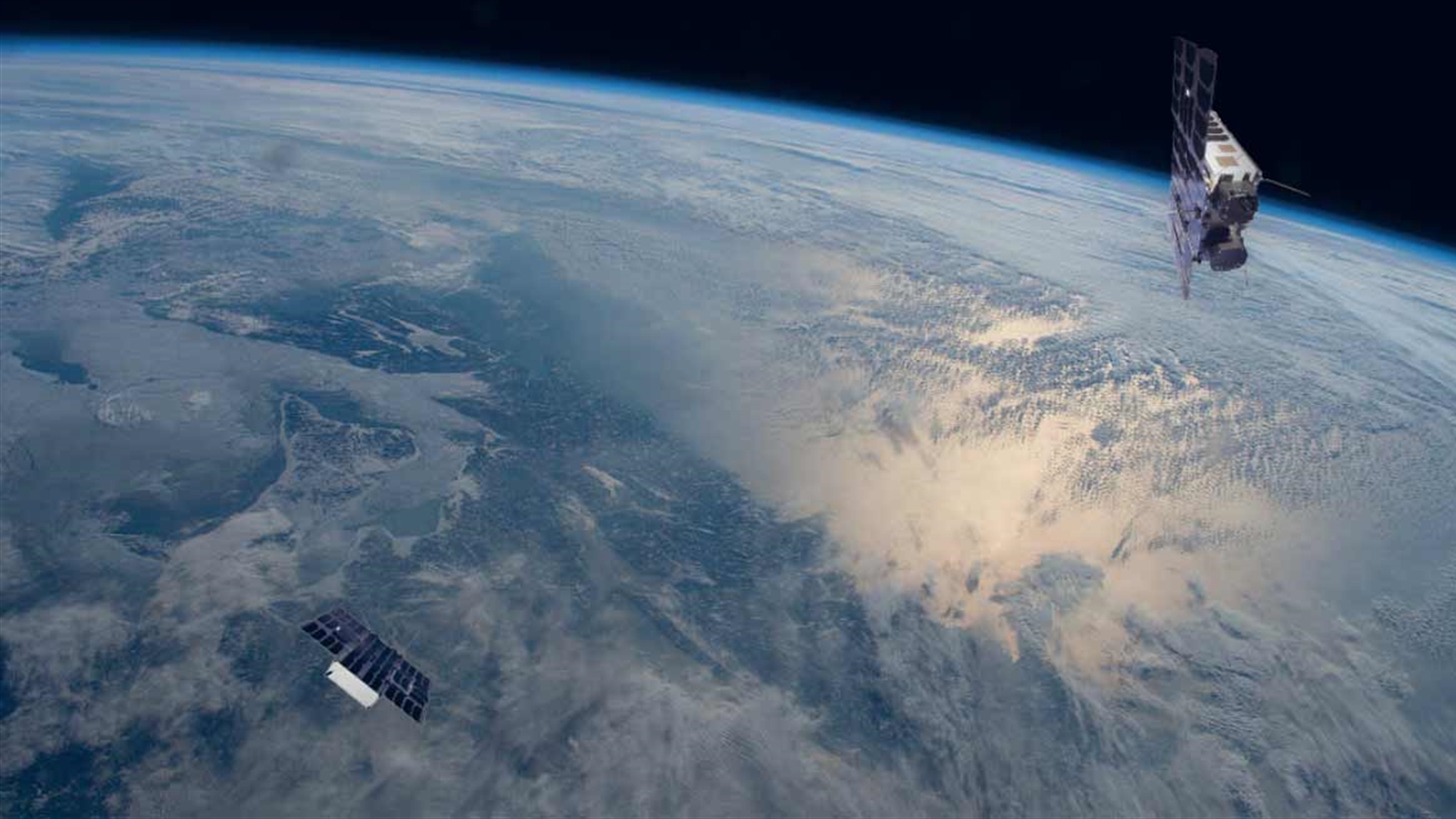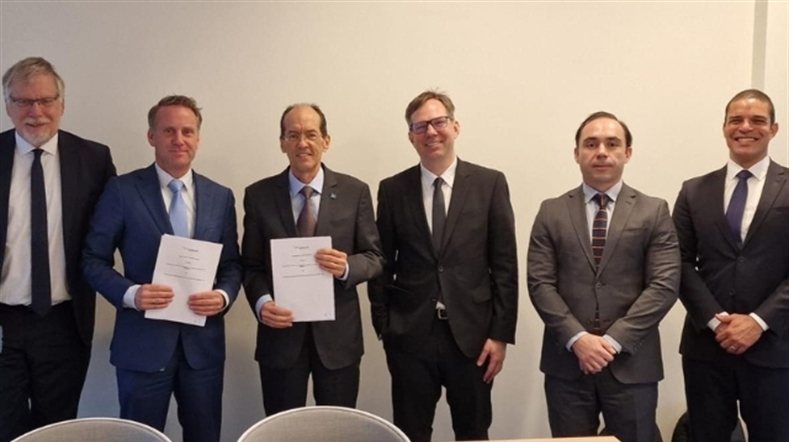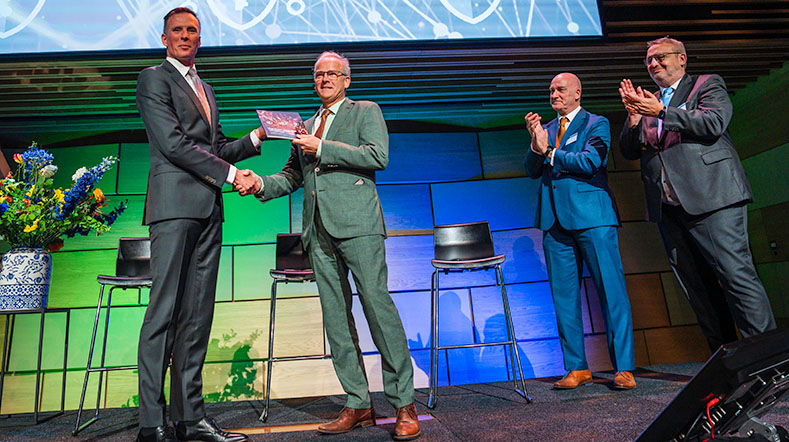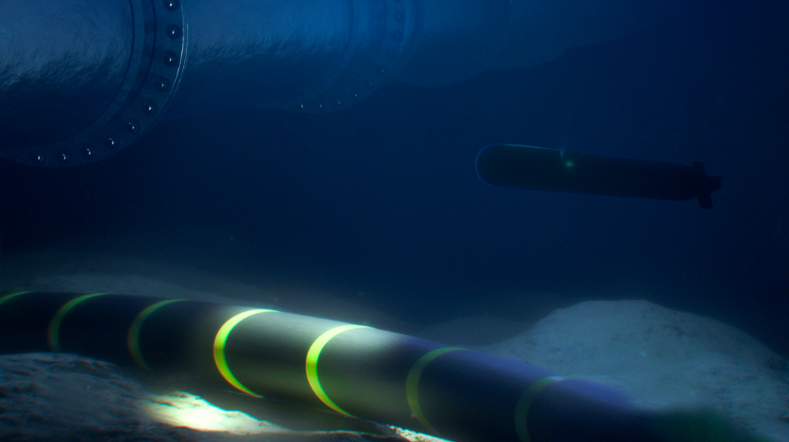Norwegian-Dutch nanosatellites successfully launched
Two Norwegian-Dutch nanosatellites were successfully launched today. “Birkeland” and “Huygens” were placed in orbit around the earth by the company SpaceX.
MilSpace2 is a cooperation project between the Netherlands Ministry of Defence, the Norwegian Ministry of Defence, the Norwegian Defence Research Establishment (FFI), the Netherlands Aerospace Centre (NLR) and the Netherlands Organisation for Applied Scientific Research (TNO).
Defence Vision 2035 states that space has become a crucial link in the information-driven operations of the armed forces. The defence organisation is very dependent on satellites, for example for navigation and communication systems.
This is the second time that the Netherlands Ministry of Defence has launched satellites. It is therefore implementing Defence Vision 2035.
MilSpace
Strategic mutual assistance in research and technology (SMART), military use of space (MilSpace) and cooperation in science and technology are elements of the bilateral agreement between the ministries of defence of the Netherlands and Norway.
The project team that is acting on behalf of the two ministries consists of the Norwegian Defence Research Establishment (FFI), the Royal Netherlands Aerospace Centre (NLR) and the Netherlands Organisation for Applied Scientific Research (TNO).
The satellites, each of which is not much larger than a carton of milk, each measuring approximately 30x20x10 cm, are named after Norwegian physicist Kristian Olaf Birkeland and the Dutch astronomer Christiaan Huygens.

Get inspired
Unveiling the future of vapour detection technology


EMBRAPII and TNO signed a Memorandum of Understanding (MoU)


AIVD, CWI, and TNO publish renewed handbook for quantum-safe cryptography


How do we limit damage to marine mammals from our underwater noise?


TNO develops detection system to protect cables and pipelines on seabed




